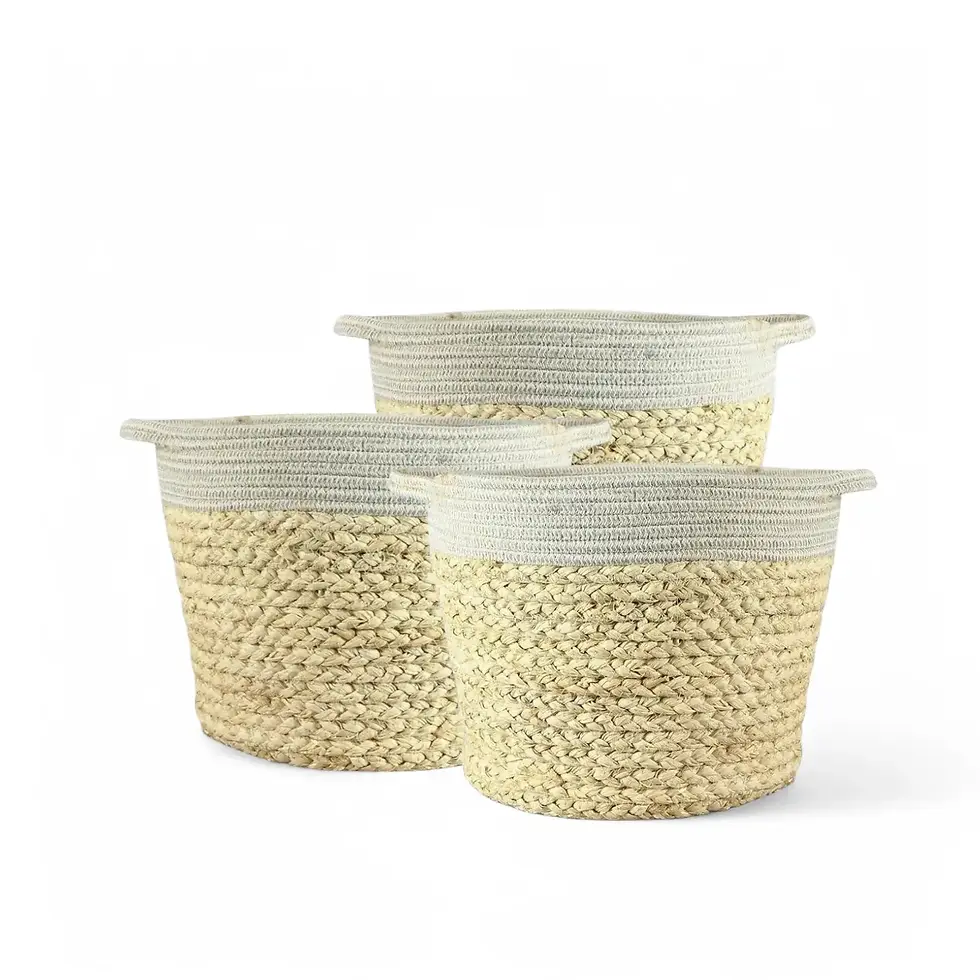Epiphyllum pumilum - Information and Care Tips
Epiphyllum pumilum Britton and Rose, a member of the epiphytic cacti family, is well-known for its striking appearance and vibrant blooms. Its unique growth habit, with stems that start upright but gradually become pendent, makes it an eye-catching houseplant. In addition to its ornamental value, Epiphyllum pumilum produces large, fragrant white flowers during the warmer months, providing a stunning visual and olfactory experience in your home. Whether displayed in hanging baskets or allowed to cascade over pots, this epiphytic cactus brings beauty and character to any plant collection.
Characteristics of Epiphyllum pumilum
Epiphyllum pumilum has a distinctive growth pattern that sets it apart from other ornamental cacti species. Starting with erect, woody stems, it later develops trailing branches. The secondary and apical parts of its stems are flat, elongated, and lanceolate, often characterized by remotely toothed and slightly undulating edges. The green epidermis of the stems is thick, providing a striking contrast against the large white flowers it produces from summer to autumn. These blooms are not only visually impressive but also fill the space with a lovely fragrance.
Epiphyllum pumilum - Care Instructions
For a thriving Epiphyllum pumilum, follow these simple care guidelines:
- Lighting: Place your plant in indirect but bright light. Avoid direct sun, which can scorch the plant.
- Watering: Water thoroughly when the top layer of soil feels dry to the touch. Allow any excess water to drain away, as sitting in water can cause root rot.
- Soil: Use well-draining cactus soil, amended with organic material for better moisture retention. An epiphyte mix is ideal, as it mimics the plant's natural environment.
- Humidity: Though not overly demanding, it benefits from higher humidity levels, especially in dry indoor environments.
- Fertilization: Feed the plant with a balanced, water-soluble fertilizer monthly during the growing season, but reduce feeding during winter.
- Repotting: Every 2-3 years or when the plant has outgrown its pot, repot it using fresh epiphyte-friendly soil.
- Support: If necessary, provide some support to the heavier branches as they begin to cascade over time.
Common Issues with Epiphyllum pumilum and Solutions
Like any plant, Epiphyllum pumilum can occasionally encounter issues. Here are a few potential problems and their solutions:
- Root rot: Caused by overwatering or poor drainage. Ensure you allow the soil to dry between waterings and that the pot has proper drainage holes.
- Yellowing stems: This can result from too much direct sunlight. Move the plant to a location with filtered light.
- Pests: Watch for common pests like spider mites, mealybugs, and thrips. If detected, treat with insecticidal soap , neem oil, or use beneficial insects.
Additional Notes for Epiphyllum pumilum
To ensure Epiphyllum pumilum thrives, it is essential to understand its natural habitat and try to mimic those conditions at home. Since it is an epiphyte, it naturally grows on other plants and trees, often in the canopies of tropical forests. This means it’s accustomed to high humidity and indirect light. Placing your plant in a spot where it gets plenty of light but remains shaded from harsh sun will closely replicate its native environment.
Researching where your plant species originates and how it grows naturally is one of the best ways to provide optimal care. By mimicking these conditions, you help your plant thrive rather than merely survive.
Fun Facts
- Epiphyllum pumilum's blooms are not only large and fragrant but often open at night, making them especially intriguing for night-blooming cacti enthusiasts.
- The flowers of this plant can last several days, filling your space with a beautiful fragrance as well as stunning visuals.
Etymology
The botanical name Epiphyllum comes from the Greek words "έπί" (epi), meaning "on," and "φύλλον" (phyllon), meaning "leaf." This name refers to the plant's flowers, which emerge directly from its flattened, leaf-like stems, further contributing to its unique growth pattern.
Epiphyllum pumilum - FAQs
→ How do I encourage my Epiphyllum pumilum to bloom?
To promote blooming, make sure your plant receives adequate light, regular feeding, and a period of cooler temperatures during its dormancy.
→ What is the best potting mix for Epiphyllum pumilum?
A well-draining cactus soil mix, combined with organic material or perlite, will provide the best results. Using an epiphyte-specific mix is even better for mimicking its natural habitat.
→ Is Epiphyllum pumilum safe for pets?
Although it is not toxic to pets, it's always a good idea to keep your plants out of reach of curious animals to prevent any accidental damage.
Order Your Epiphyllum pumilum Today!
Looking to add this stunning Epiphyllum pumilum to your plant collection? Order today and enjoy its beautiful blooms and unique growth habit in your home.
Epiphyllum pumilum
Epiphyllum pumilum comes in following sizes:
S – is approximately 20 cm tall/ long and comes in a ø 14 cm hanging pot.
M – is approximately 30 cm tall/ long and comes in a ø 17 cm hanging pot.
L – is approximately 60 cm tall/ long and comes in a ø 17 cm hanging pot.























































